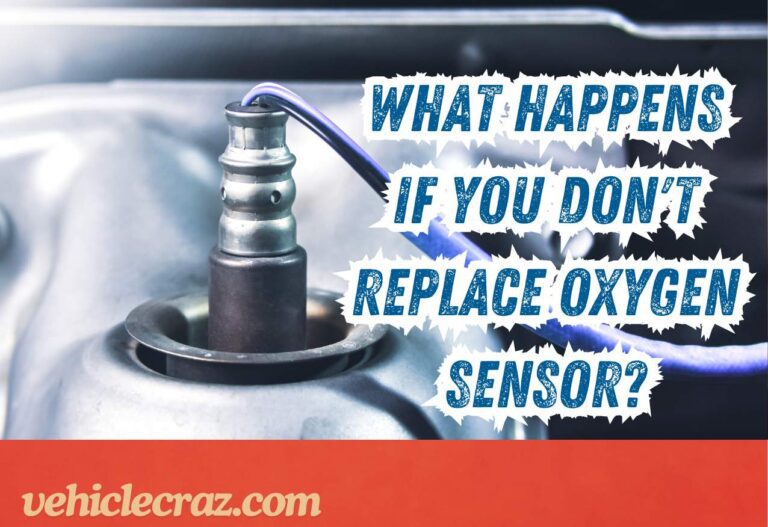Does A Car Horn Need A Relay? The Mechanism Explained
When it comes to the safety and functionality of your vehicle, the car horn plays a vital role. But have you ever wondered what makes it work efficiently, or whether a car horn actually needs a relay?
A relay is a small but essential component in many automotive electrical systems, including the horn circuit. Understanding whether your car’s horn requires a relay can not only help in troubleshooting issues but also in making informed decisions during repairs or upgrades.
What is a Car Horn Relay?
A car horn relay is an electrical switch that is used to control the high current needed to power the car horn. Relays are commonly found in automotive electrical systems because they allow a low-current circuit, such as the one operated by the horn button, to control a high-current circuit, which powers the horn itself.
When you press the horn button, it sends a small current to the relay. The relay, in turn, closes its internal switch, allowing a larger current to flow directly from the battery to the horn. This setup ensures that the horn receives the full power it needs to operate loudly and effectively, without overloading the horn button or wiring with excessive current.
Using a relay also helps to extend the lifespan of the horn button and wiring by reducing the amount of wear and tear caused by high currents, making the entire horn circuit more reliable and durable.
How Does a Car Horn Relay Work?
A car horn relay functions as an electrically operated switch that controls the high current needed to power the horn. When you press the horn button, it sends a low-current signal to the relay. This signal energizes an electromagnetic coil inside the relay, creating a magnetic field that pulls a switch mechanism.
This switch closes, allowing high current from the battery to flow through the horn. As a result, the horn sounds loudly. Releasing the horn button deactivates the relay, causing the switch to open and stop the current flow to the horn.
The relay thus ensures that the horn button and wiring handle only low current, protecting them from damage and enhancing the reliability and longevity of the horn system.
Do All Car Horns Need a Relay?


I’m Alex, a seasoned mechanical teacher with over 20 years of hands-on experience in Australia. My passion for all things automotive has driven me to establish this blog, aiming to share my wealth of knowledge and expertise with fellow enthusiasts, DIYers, and anyone keen on understanding the mechanics behind the machines we rely on daily.


![Temperature Gauge Going Up and Down? [FIXED]](https://vehiclecraz.com/wp-content/uploads/2024/01/VehicleCraz.com-9-768x524.jpg)



![Airbag Light On and Horn Not Working? [SOLVED]](https://vehiclecraz.com/wp-content/uploads/2024/08/Airbag-Light-On-and-Horn-Not-WorkingArcadia-768x524.jpg)
